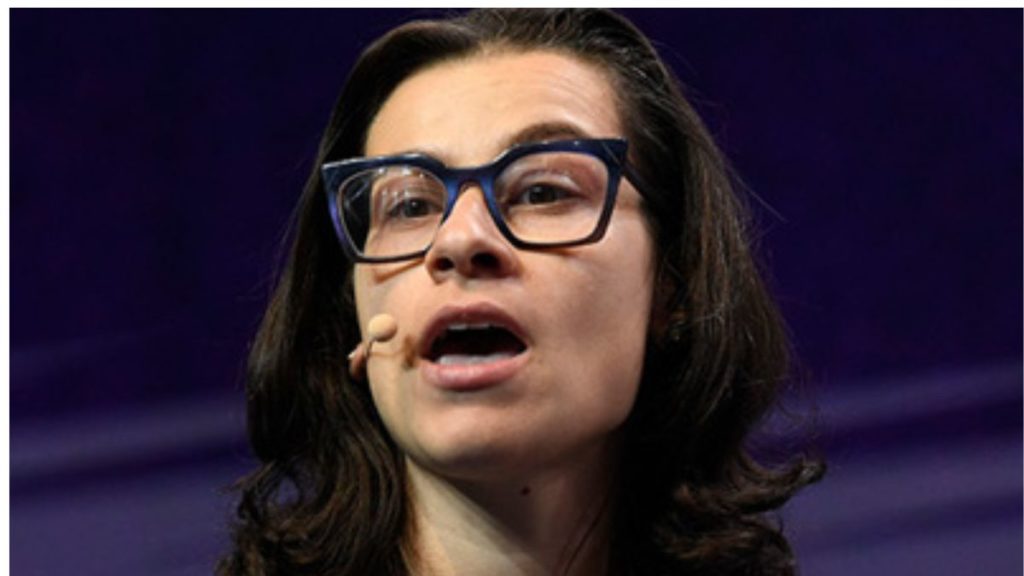By Anastasia Leng, CEO and Founder of CreativeX
The latest IPA Bellwether report has sounded an alarm that’s been faintly ringing over the last 6 months: marketing budgets are officially under threat. Even before this official confirmation, marketers felt the diminishing spending power of their budgets, which are now capable of generating about 80% of what they were intended to accomplish when they were first signed off 8-10 months ago. As media costs continue to rise in-line with inflation, marketers are finding themselves having to yet again accomplish what seems impossible: do more with less.
The knee jerk reaction is to slash budgets and kill entire initiatives. But the obvious answer isn’t always right: Before marketers take the knife to their various budget line items, which will have a drastic impact on what they can deliver in the next 12 months, there is an opportunity to find meaningful media efficiencies by reviewing existing processes that haven’t been scrutinised for years.
Take an average FTSE 500 company. That company has scaled content production 5-10x in the last 5 years, yet likely hasn’t adapted their processes to revamp how they create, adapt, review, measure, and learn from all that content. To exacerbate the problem, five years ago, a dozen campaigns carried the load of our media budget while the rest barely made a dent. Today, thanks to the decreasing shelf-life of a piece of content, it’s more evenly distributed, which means the relative average media investment of each ad is greater.
Let’s start with the bad news: thanks to the rapid increase in content production, over 70% of content produced by the average FTSE 500 brand is not in-line with basic creative first principles, such as logo inclusion, tight product framing, incorporation of supers and subtitles, and more. Together, these creative “first principles” make up something called the Creative Quality Score (CQS), a KPI that has been statistically linked to improved media efficiency, like cheaper CPMs and Cost-per-Completed-View.
The good news is that content proliferation has led to the birth of a new type of asset class, creative data. Creative data is a collection of thousands of data points that can now be extracted from the millions of image and video ads we’ve run thanks to advancements in AI and ML technology. These creative data points can be clustered together and combined with existing 1st and 3rd party data to answer some pretty critical questions, ones that we haven’t yet been able to answer with this degree of accuracy, precision, and scale.
These questions tend to fall into one of two camps, both of which are critical in our content production, adaptation, and optimization process: storytelling and impact. Across my thousands (hundred thousands? millions?) of ads, what message am I sending to my consumers? How diverse are our casting choices? How often do we use our distinctive brand assets? Do certain creative agencies have more impact? What happens to our brand perception when we mention sustainability? What were once reactions, assumptions, and opinions are now data. And data can be used to find, and scale, efficiency.
The Creative Quality Score
Nestlé is a first mover on creative data. With more than 50% of its media investment now on digital, Nestlé needed a way to empower its 40,000+ strong marketing organisation, along with its many agency partners, to produce effective digital-first content at scale. As a result of the fast-moving content proliferation treadmill that every marketer has had to jump on, Nestle found itself suffering from some of the same side-effects as its Fortune 500 counterparts: among FTSE 500 brands, an increase in content proliferation has led to a decrease in creative effectiveness.
To solve this problem, Nestle started off by building a foundation to derisk the scaling of its content production process. By partnering with Google and Meta, Nestlé identified a set of platform-specific creative elements, which, when used, were statistically correlated to better ad performance. The company utilised creative data to automate its ability to recognize these creative best practices in every ad, and in real-time, thereby establishing a Creative Quality Score baseline and rallying its entire marketing organisation around an aggregate KPI that teams worldwide could focus on improving.
With any new KPI, it’s critical to tie it to business impact. Thanks to its research partners, Nestlé identified that every 10% increase in CQS correlated to an 11% decrease in cost-per-view. By linking creative data to an MMM study (the first company in the world to do so), they found that ads with a CQS score of 66%-100% saw a 60%+ increase in Return On Ad Spend (ROAS) on Meta.
Nestle’s not alone. Brands like Heineken and AB InBev have been trailblazers in leveraging creative data, and they’ve taken meaningful steps towards writing the first few chapters of their creative excellence playbooks. Heineken, for example, found that over two-thirds of its communication effectiveness relies on the creative elements in its content and it used creative data to map what those were to define its custom version of CQS. For Heineken, doubling its CQS correlated to 50% uptick in brand lift. AB InBev embedded creativity at the centre of its marketing operations, developing a scorecard for globally talking about its creative output in a consistent way. It’s this process of “systematising creativity” that they attribute to their many wins this year: #1 on WARC’s Creative 100 and Effective 100 and the covered Cannes Lion Creative Marketer of the year.
Measure twice before you cut
While the average CQS for a Fortune 500 campaign is around 20-30%, every 10% increase in CQS is statistically correlated (at the 99% confidence level) to a 2% decrease in CPM and a 5% decrease in cost per completed view. From a starting point of 20-30%, those efficiency improvements quickly add up and might just help you recoup some of that spending power loss. Instead of thinking about what to cut, what if we thought about which of our existing systems didn’t scale in parallel with the rapid growth of digital media?
Brands who’ve stabilised their creative quality score are graduating to more advanced uses of creative data. Some use it to lift brand consistency (repeatedly tied to long-term sales and share value), while others are going deeper into efficiency maximisation, using creative data to determine content usage and recycling between global and local production teams in an effort to decrease overall volume of content production.
Change is uncomfortable and often painful, and revamping age-old ways of doing something rarely feels like a priority. But it is actually when change gets forced upon us that incumbents get dislodged and new winners are born. We can cut our budgets and accept that we will just do less, or we can take this opportunity to explore whether now is the time to try doing things differently.








